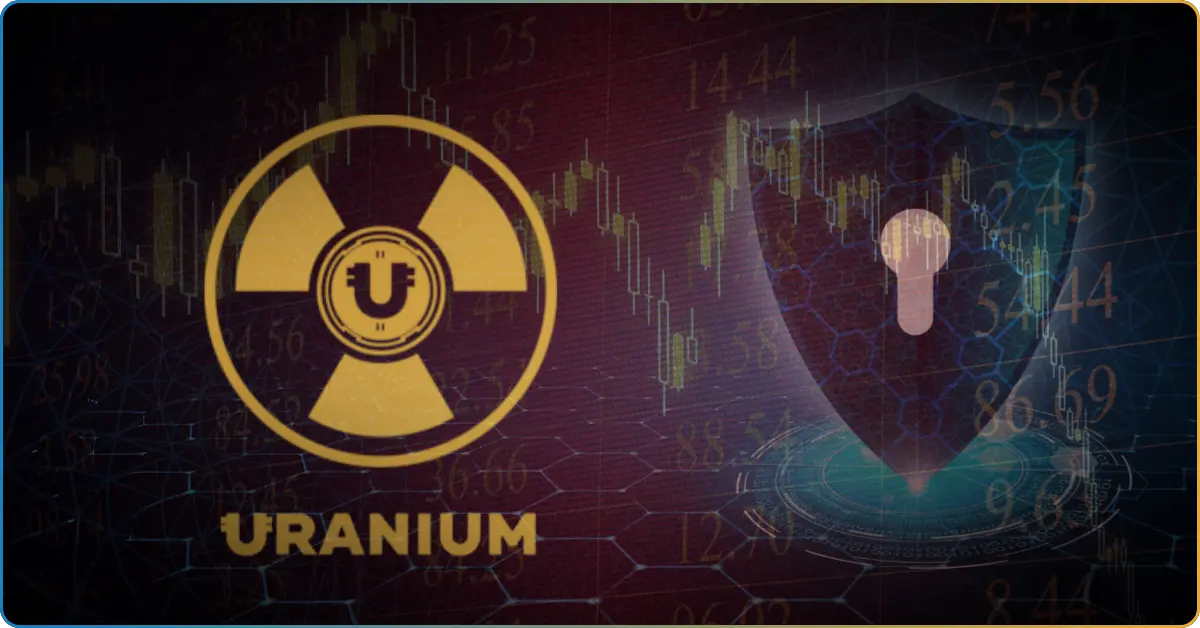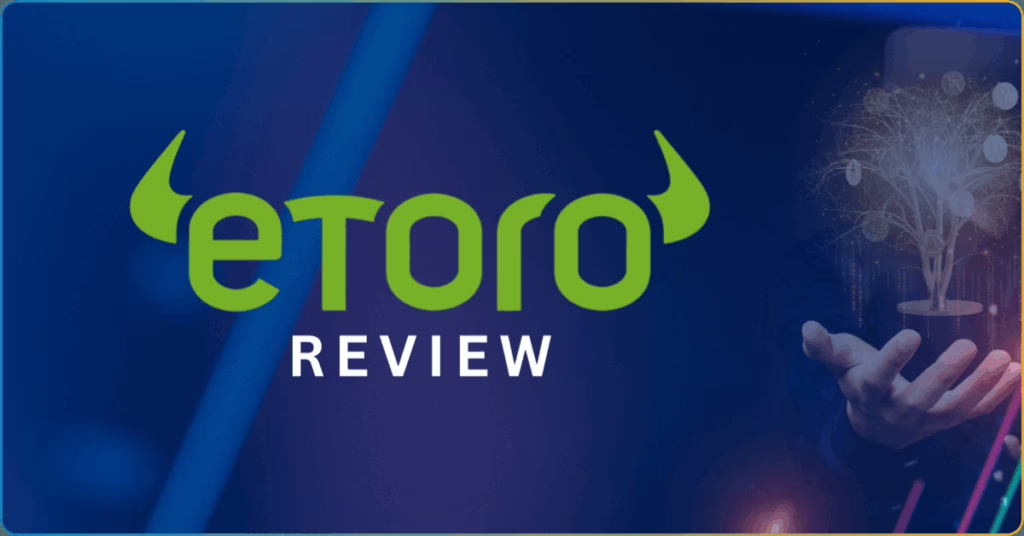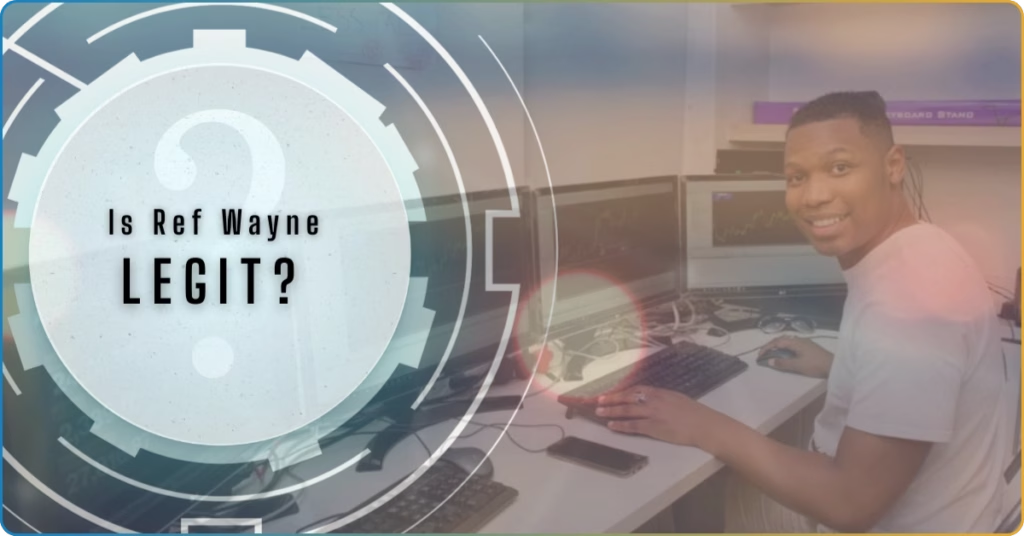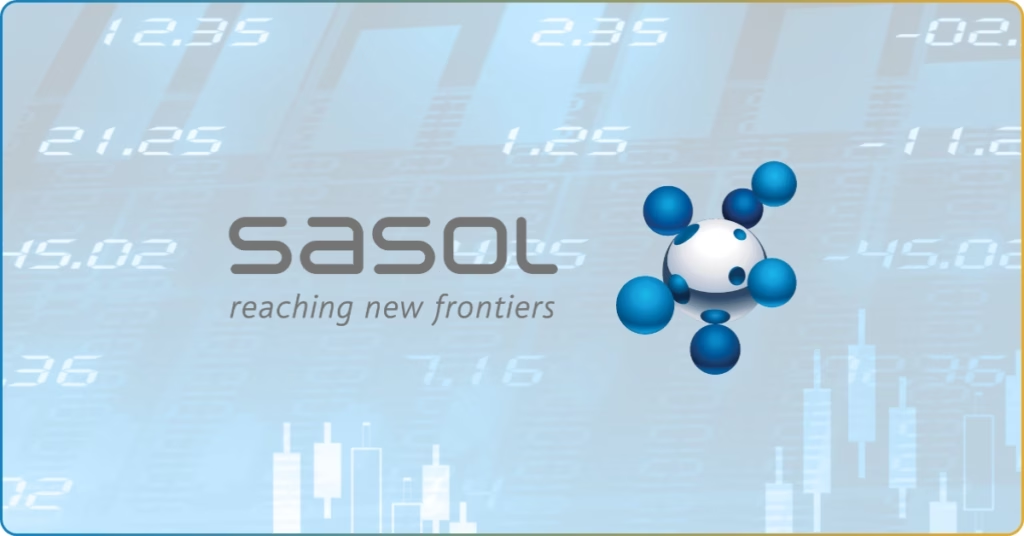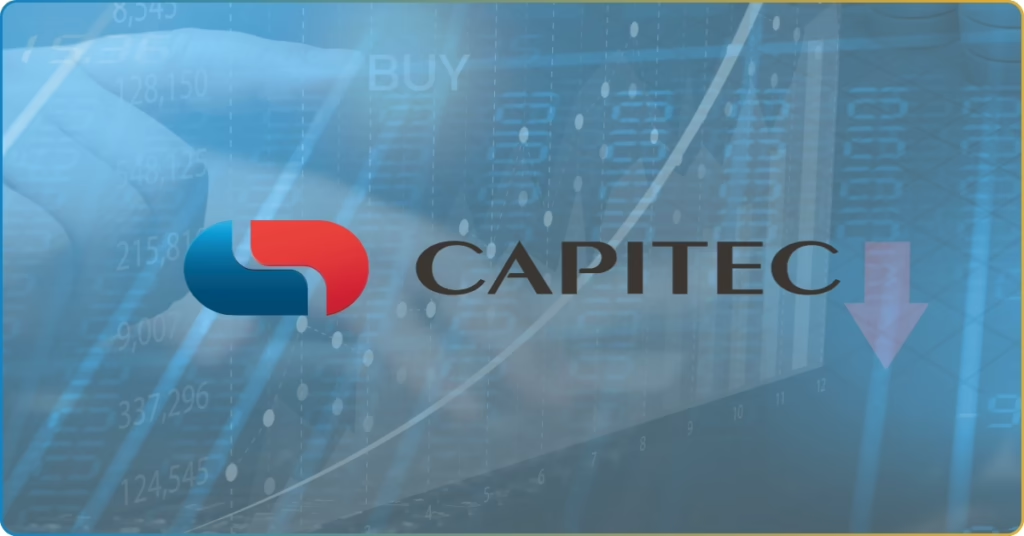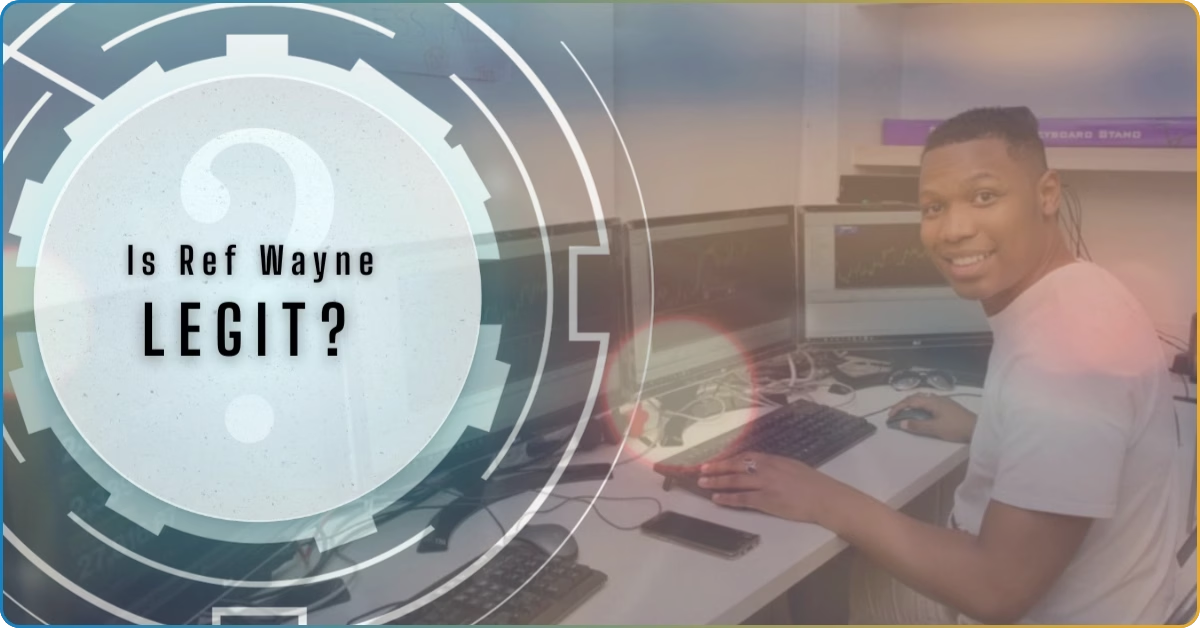In April 2021, the crypto world faced a rude awakening when Uranium Finance, a then-promising DeFi platform on the Binance Smart Chain (BSC), suffered a $50 million hack—one of the largest DeFi exploits of the year.
Unlike rug pulls or typical scams where developers vanish with investors’ money, this was a case of bad code meeting good timing—for the attacker. It exposed not just a flaw in Uranium’s smart contracts, but also a bigger flaw in the booming DeFi movement: too much hype, not enough audit.
This TRU Insight breaks down what really happened, how it still echoes through the decentralized finance space in 2025, and why retail and institutional investors alike are still learning from it.
Uranium Finance Hack at a Glance
What Happened
On April 28, 2021, an attacker exploited a vulnerability during Uranium Finance’s planned token migration—from version 1.2 to version 1.3 of its protocol. The migration included an update to the reward distribution logic, but developers failed to patch a known vulnerability in their smart contract before going live.
Using this bug, the hacker was able to manipulate the liquidity pool ratios and siphon out $50 million worth of tokens in under an hour. That included ETH, BNB, USDT, and other tokens spread across 26 trading pairs.
What Happened After
Immediately after the breach, Uranium Finance halted all operations, issued a statement, and tried to track the attacker’s wallet movements. However, in the decentralized world, once funds are out—they’re often gone.
Read more: Cold, Warm, or Hot: Three Types of Cryptocurrency Wallets
Despite efforts from the BSC community and blockchain forensics firms, the hacker quickly moved the assets through Tornado Cash, a mixing service designed to obscure transaction trails.
The team did not compensate users, and trust in the project plummeted. Uranium’s Telegram group went silent, social media pages were abandoned, and its website eventually shut down. Investors were left in the dark.
How the Exploit Worked – A Deeper Dive
To understand what went wrong, it’s important to grasp what Uranium Finance was trying to build.
Uranium positioned itself as a high-yield DeFi protocol offering auto-staking rewards with daily compounding. At one point, it even promised a fixed APY of over 1.8 million percent. But behind the attractive numbers was a dangerously simplistic code structure.
The Technical Flaw
In smart contracts, especially in DeFi protocols, precision is everything. Uranium’s migration introduced a new pricing function, but the logic didn’t round prices properly after complex token swaps. This resulted in tiny gaps that could be exploited.
The attacker leveraged a flash loan, borrowed a massive amount of liquidity, and used this temporary capital to manipulate Uranium’s reward algorithm. By artificially altering token prices inside the liquidity pool, they were able to mint tokens at a highly favorable ratio—then sell them off almost instantly.
In total, the attacker extracted funds across 26 pairs, using a single line of faulty logic.
Who Was Behind Uranium Finance?
Uranium Finance was a pseudonymous team with no verifiable identities. Like many DeFi projects in 2020–2021, it rode the wave of post-Yield Farming hype.
It launched its Uranium Finance Auto-Staking Protocol (URFP) with claims of:
- 96 interest payments per day (every 15 minutes)
- Asset-backed funds (ABF) to reduce risk
- Highest fixed APY in DeFi at the time: 1,821,183.05%
- Auto-compounding interest with no need for active management
While these benefits attracted users quickly, it also attracted scrutiny. Projects promising outsized returns with minimal technical transparency often hide behind complex buzzwords, leaving retail investors exposed.
The Fallout – In Numbers
- $50,000,000 stolen in under 1 hour
- 26 trading pairs affected
- $31,000,000 eventually recovered by U.S. authorities in 2023
- 0 users compensated directly by Uranium Finance
- Community confidence in Uranium: fully collapsed by May 2021
US Authorities Seize $31 Million in 2023
In an unexpected turn, the U.S. Department of Justice (DOJ), working with blockchain analytics firms, was able to trace and seize $31 million of the stolen funds in late 2023.
These assets were frozen across multiple centralized exchanges after the hacker attempted to cash them out without proper KYC evasion.
While the perpetrator remains unidentified and at large, this was a significant win for the blockchain forensics community—and a signal that DeFi is not completely beyond the reach of law enforcement.
The seized funds are now under custody pending court decisions on distribution, and victims may still be eligible for partial compensation, depending on legal outcomes.
Why It Still Matters in 2025
In 2025, Uranium Finance may be gone, but its consequences live on in the DeFi space. It sparked three major shifts:
Tighter Audit Standards
Post-Uranium, platforms began prioritizing third-party smart contract audits. According to Chainalysis (2024 report), the number of projects using formal verification audits rose by 62% in 2 years.
Stronger Community Vetting
The DeFi community has become more skeptical.
Today, platforms are expected to maintain transparency by publicly revealing their development teams, submitting their code to GitHub, and undergoing rigorous rounds of testnet trials before launch.
To avoid echo chambers and gain authentic insights, consider joining an independent online trading community. TRU CommuniTrade connects you with verified traders from around the world, ensuring the information you receive is credible, experience-backed, and thoroughly vetted
Regulatory Eyes on DeFi
Governments, especially in the U.S. and EU, have begun issuing guidelines for DeFi protocols. While the space remains largely decentralized, a 2025 EU report estimates that at least 28% of DeFi protocols now follow voluntary regulatory compliance, including on-chain KYC tools and permissioned liquidity pools.
Final Thoughts – Lessons from Uranium
For users, Uranium was a painful reminder that high yields often come with hidden risks. For developers, it underlined how critical smart contract security is in a trustless system. And for the entire DeFi industry, it served as a catalyst for change.
As we reflect on the hack in 2025, the industry has matured—but it’s not invulnerable. Scams and exploits continue to evolve, but so do the defenses.
If you’re entering DeFi today, remember:
- Never trust unaudited protocols
- Avoid hype-driven APYs that seem “too good to be true”
- Diversify and manage risk, even in decentralized systems

